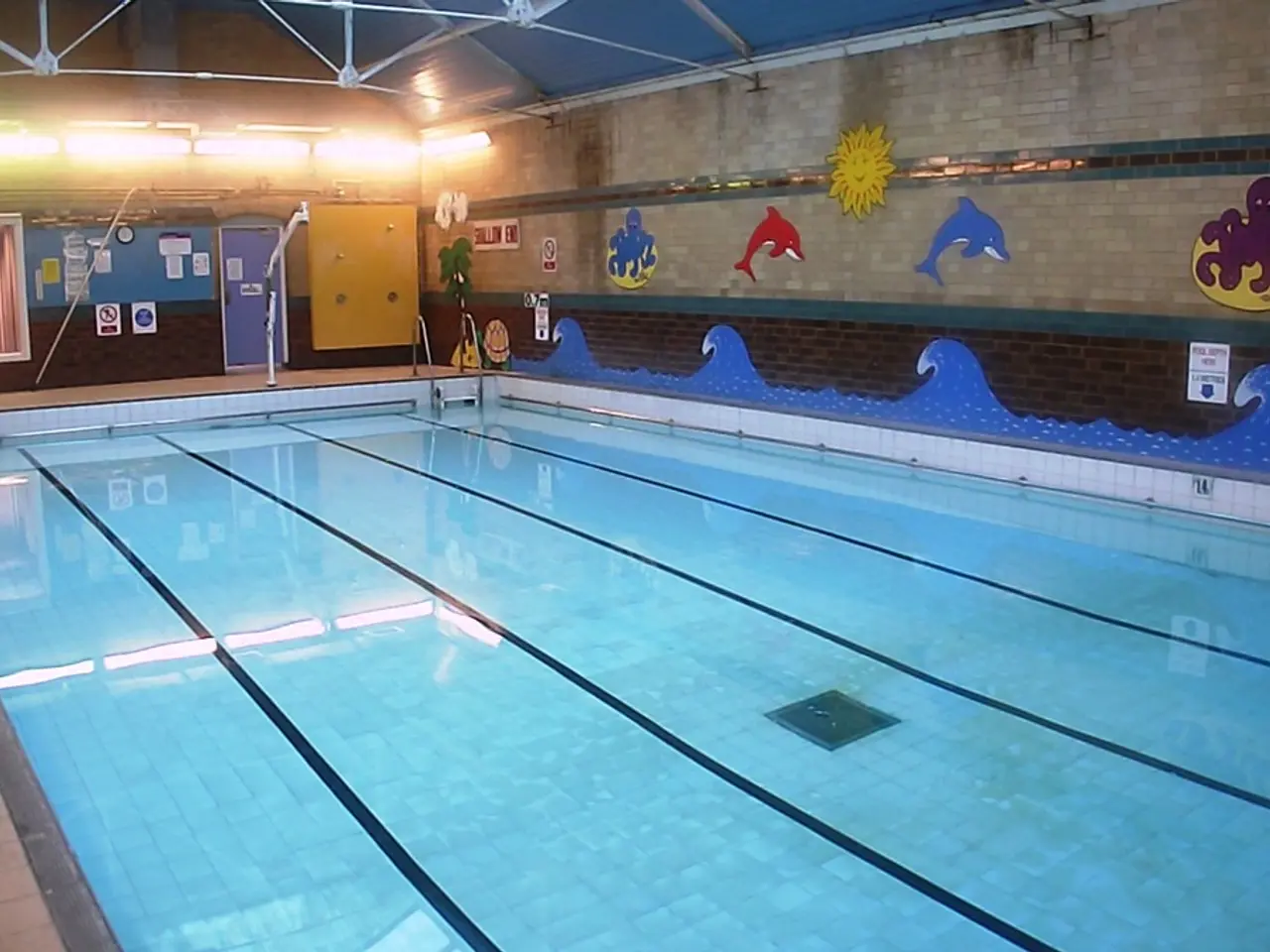Overcoming garden inclines: Creative suggestions forconstructing stairs and ramps
In the process of creating a beautiful and functional outdoor space, the importance of designing safe and accessible garden steps and ramps cannot be overstated. This article provides a guide to the key factors to consider when determining optimal measurements for these features.
### Garden Steps
When it comes to garden steps, a general rule of thumb is a maximum riser of 15cm and a minimum tread depth of 30cm. These measurements ensure a safe and comfortable footing for users. For optimal safety, individual treads can be more than the minimum 30cm, creating a more elegant 'going'.
Timber is often used for steps but can be slippery, especially in shade. To avoid accidents, consider using materials such as granite setts, which provide a non-slip surface. For added safety, handrails should be installed if there are four or more risers.
### Garden Ramps
For ramps, the recommended slope ratio is 1:12, meaning for every inch of vertical rise, you need at least 12 inches (1 foot) of ramp length. This ensures the ramp is not too steep, making it safer and easier to navigate, especially for wheelchair users.
The ramp should be at least 36 inches (about 91 cm) wide to accommodate most wheelchairs and scooters comfortably. Landings at the top and bottom of ramps should be provided, ideally at least 5 feet (152 cm) long, to allow safe transition on and off the ramp. If the ramp rise exceeds 6 inches (15 cm), handrails are recommended on both sides for stability and safety.
### Summary
To ensure garden steps and ramps are safe, accessible, and effective for all users, follow these guidelines. Always also check local building codes for any additional or specific requirements.
| Feature | Garden Steps | Garden Ramps | |--------------------|------------------------------|----------------------------------| | Height (Rise) | 4-7 inches (10-18 cm) | N/A | | Depth (Tread) | 10-12 inches (25-30 cm) | N/A | | Width | Minimum 36 inches (~91 cm) | Minimum 36 inches (~91 cm) | | Slope Ratio | N/A | 1:12 (1 inch rise : 12 inch run) | | Handrails | Recommended if ≥4 steps | Required if rise >6 inches | | Surface | Non-slip | Non-slip, e.g., R13 anti-slip | | Landings | Flat, stable platform | Flat, 5 feet minimum length | | Weight Capacity | N/A | Designed to support user + equipment |
By considering these factors, you can create a garden that is not only visually stunning but also safe and accessible for all users.
- When designing garden steps, it's crucial to follow a maximum riser of 15cm and a minimum tread depth of 30cm for safety and comfort.
- For a non-slip surface on garden steps, materials like granite setts are recommended instead of slippery timber.
- In terms of garden ramps, a recommended slope ratio of 1:12 ensures they are not too steep, making them safer for everyone, especially wheelchair users.
- To ensure the safety of all users, it's essential to provide landings at both the top and bottom of ramps, ideally at least 5 feet (152 cm) long, and consider installing handrails if the ramp rise exceeds 6 inches (15 cm).




